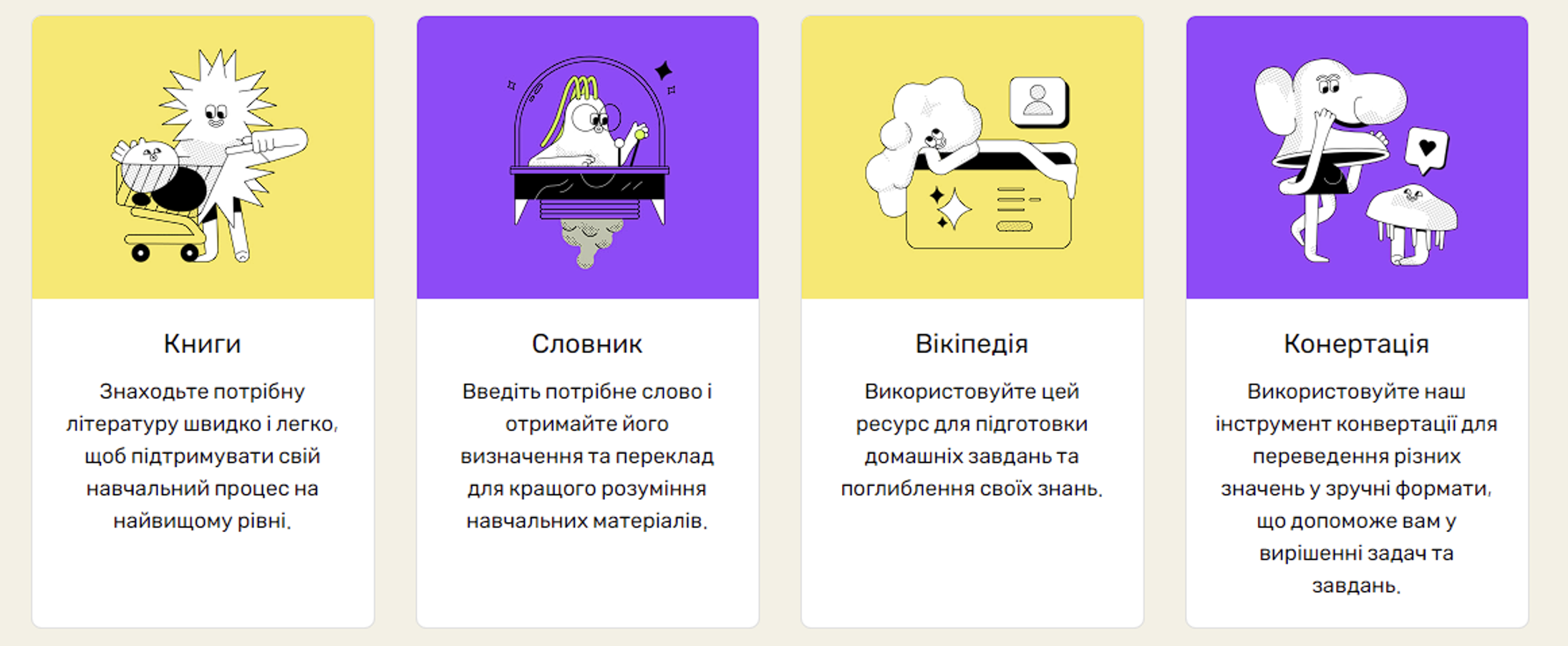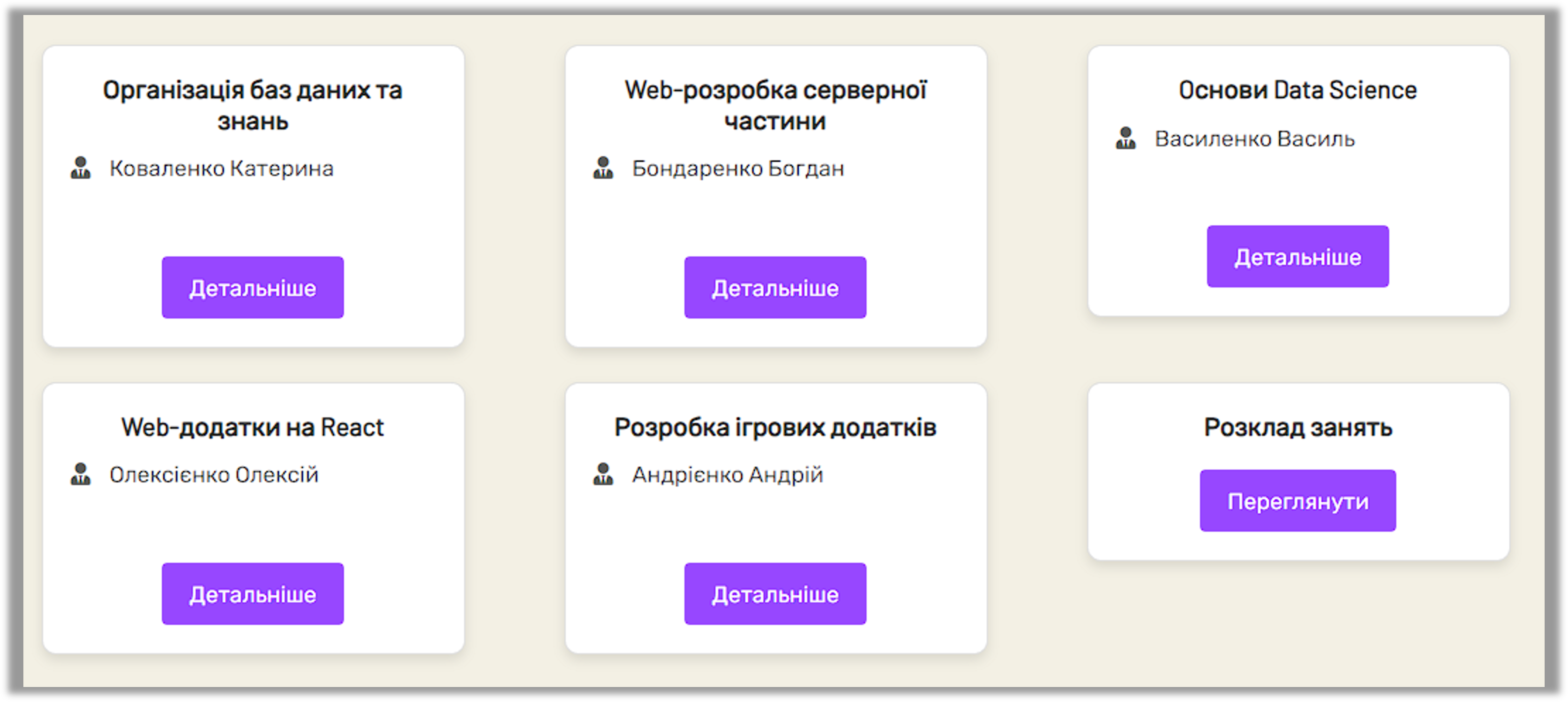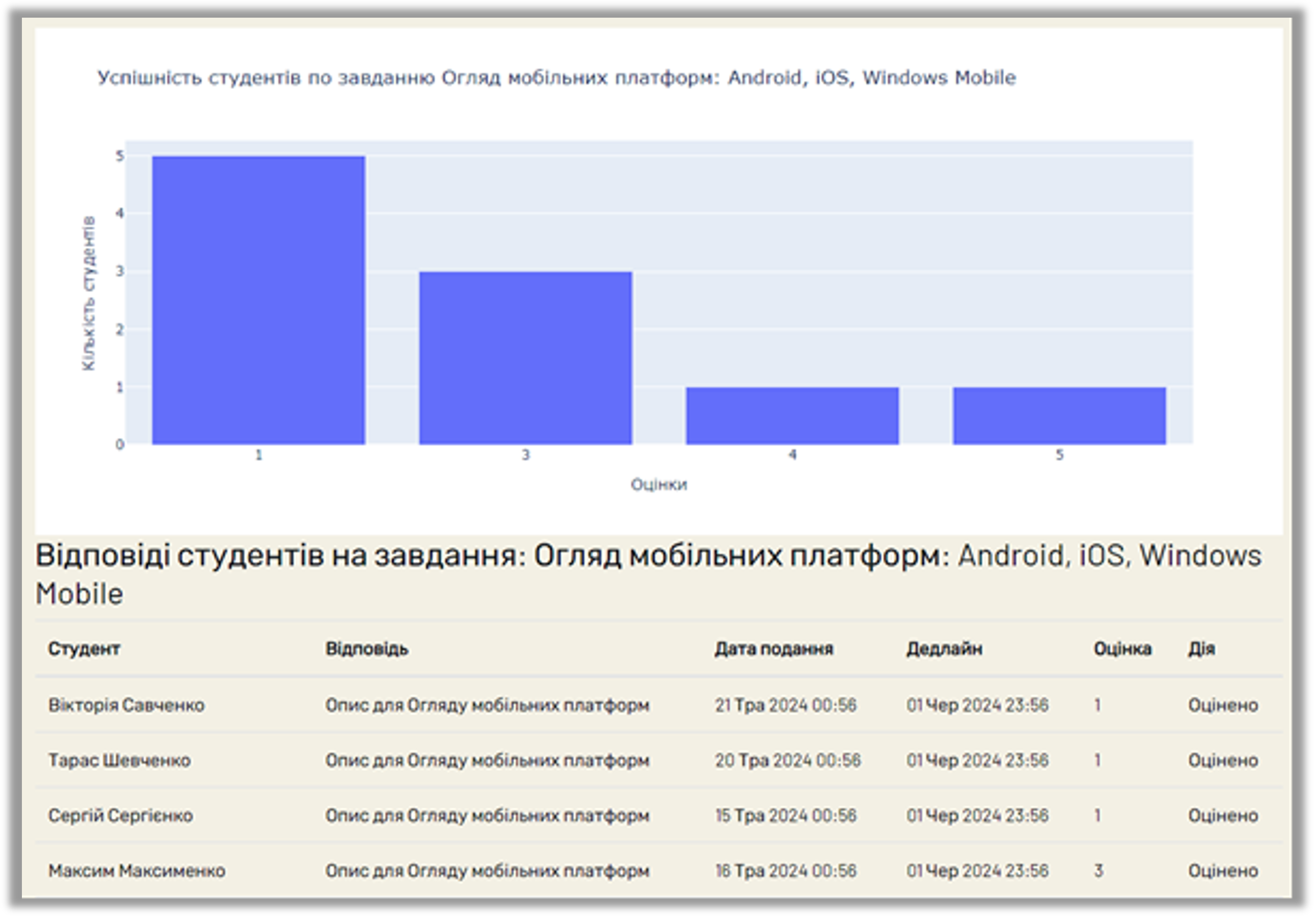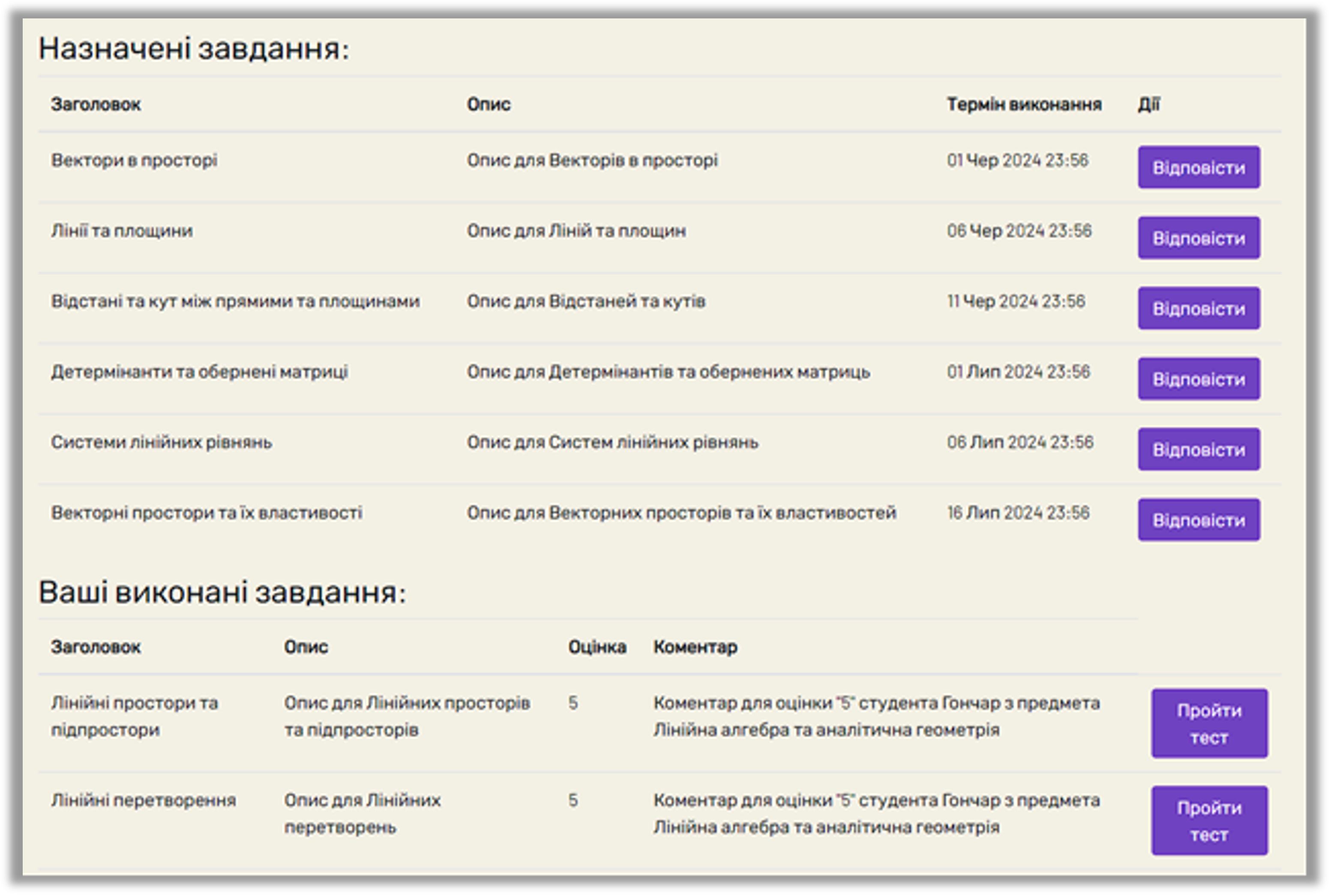Project
Online Learning Platform

A web-based educational resource designed to personalise learning journeys and integrate modern AI-driven adaptive systems. This project focuses on developing an automated web platform that ensures a learner-centric educational experience. The platform uses machine learning techniques to adapt to the individual needs of learners, providing tailored content and evaluations.
During the development, I conducted an analysis of its functional and non-functional requirements to ensure it aligned with user needs and expectations. For functional features, I implemented secure user authentication, enabling users to log in and out while accessing content based on their roles. Role management was established to tailor functionalities for students, teachers, and administrators, ensuring each role had access to appropriate resources and capabilities. The platform's learning process management incorporated scheduling tools, assignment submission systems, automated testing, and progress tracking, creating a cohesive and efficient academic environment. Additionally, personalised profiles were designed to help users plan and monitor their academic tasks, while seamless integration with external platforms such as YouTube and Wikipedia offered easy access to supplementary learning materials.
To address non-functional requirements, I implemented security measures, including data encryption. The platform's performance was optimised through efficient database queries, caching mechanisms, and responsive system design. Scalability was ensured by adopting a modular architecture, which allows for easy addition of new features and expansions. Comprehensive error handling, with detailed logging and user-friendly error messages, was incorporated to enhance reliability.
For system design and modelling, I utilised UML diagrams to visualise interactions between components and users. Use case diagrams were created to map the roles and activities of students and teachers, while sequence diagrams detailed workflows, such as retrieving schedules and managing assignments. I also developed an adaptive learning algorithm powered by artificial intelligence, which analysed student responses, identified knowledge gaps, and provided personalised recommendations.
I developed a learning management system using a three-layer architecture comprising the client, server, and database components. This architecture facilitated the separation of responsibilities, scalability, and ease of interaction between the system's parts. The client-side focused on user interaction, with HTML, CSS, and JavaScript for the interface. The server, built with Django, handled data processing, business logic, and security, while PostgreSQL served as the database for storing and managing data.
You can find the project repository on my GitHub.



